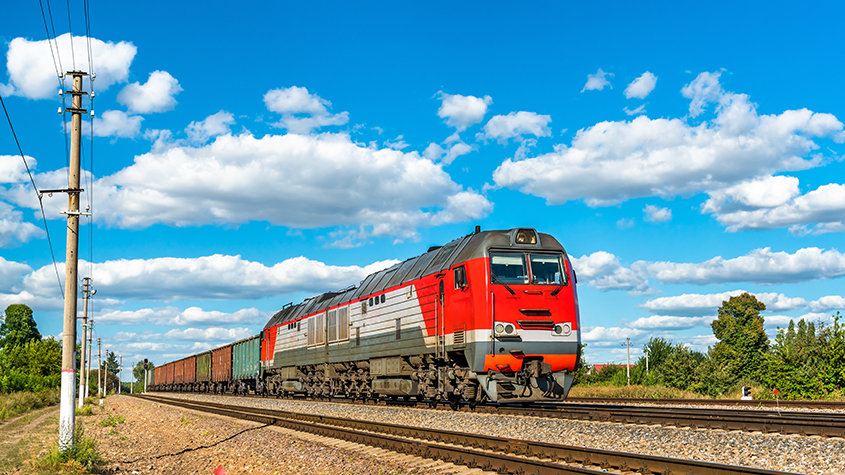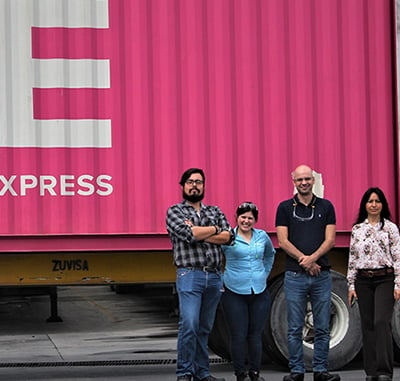You have to accept our privacy policy to send your request.
Area of interest
Sign in
Industries
-
Agriculture
- Automotive
- Battery
- Chemical Processing
-
Construction
- Data centers
-
Defense & Aerospace
-
Electronics
-
Food & Beverage
-
General Industry/Production
-
Greenhouse
- Healthcare
- Oil, Gas & Petroleum
- Pharmaceutical
-
Power Generation & Distribution
- Pulp, Paper & Printing
-
Recreation & Leisure
-
Shipbuilding & Marine
- Steel Industry
-
Storage, Preservation & Archives
- Temporary Structures
- Water & Waste Water
Solutions
- Building Comfort Systems
- Cold storage
- Combined Temperature and Humidity Control
-
Cooling
-
Data center cooling
- Dehumidification
-
Drying Rooms
- Energy Recovery
-
Farm-management
-
Heating
-
Humidification
-
Mist Elimination and Gas Liquid Separation
- Pollution Control and VOC Abatement
- Spray drying
-
Ventilation
- Service
- High-Temperature
- Rental Solutions
-
Mass Transfer


 “Depending on our needs, we use intermodal most weeks,” says Irma Ibarra, Customs and Logistics Manager at Munters, Mexico. “If for some reason there is a need to speed up an order, we only use truck.”
“Depending on our needs, we use intermodal most weeks,” says Irma Ibarra, Customs and Logistics Manager at Munters, Mexico. “If for some reason there is a need to speed up an order, we only use truck.”